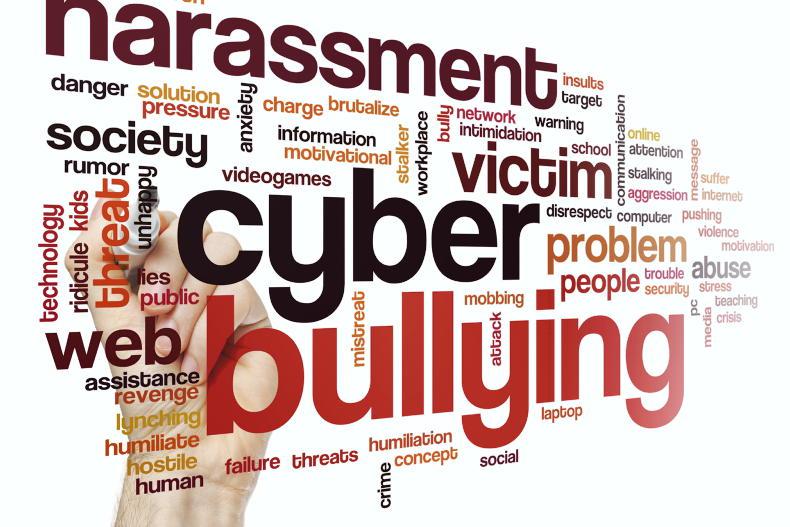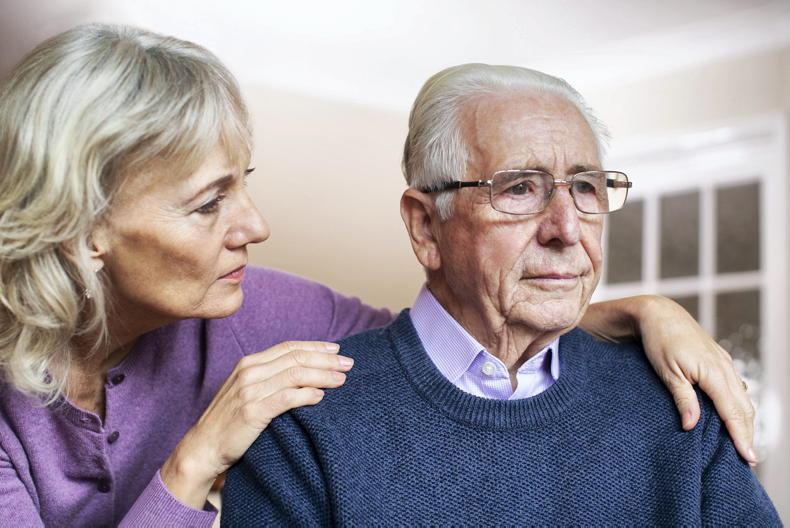SOCIAL media businesses are governed by the laws of the country in which they are headquartered, but they are also expected to comply with local laws where they operate.
Most social media sites have a reporting system in place aimed at flagging inappropriate content. However, they do come under a lot of criticism for not taking online safety seriously enough. Here are some ways in which you can handle inappropriate conduct or content online.
Facebook say that once they are aware of it, they will remove bullying content and may disable the account of anyone who is bullying another. They adhere to a set of community standards which say they will not tolerate pages that identify and shame private individuals, images that have been altered to degrade private individuals, photographs or videos of physical bullying posted to shame the victim, sharing personal information to blackmail or harass people, and repeatedly targeting other people with unwanted friend requests or messages.
Using the ‘report links’ which appear on the page, you can report bullying to Facebook. You can also unfriend or block a person from Facebook.
If a person sends you a tweet or replies to a tweet with a comment that you don’t like, you can unfollow that person on Twitter. To stop them from further contacting you, you can block them. If you receive unwanted replies or abuse or threats from someone on this platform, you can report them to Twitter.
You can protect your tweets so that people can only follow you if you approve them first.
If you feel a video you have seen on YouTube is inappropriate, you can flag this. YouTube will look at it to see if it breaks their terms of use. If it does, they will remove it. YouTube state that videos with hate content, graphic violence or nudity cannot be uploaded, if you see one, report it as inappropriate.
If you receive abusive, bullying or threatening comments on YouTube, you can report them and they will investigate.
Bullying or abuse on Instagram can take place in a number of ways, including negative comments, fake profiles and hacking accounts. Instagram’s advice is to block and unfollow the person who is being abusive. If it continues, you can report it to the company.
Snapchat
Bullying through Snapchat takes place in a number of different ways. These can include taking screenshots of images without permission, sending pictures without permission or negative comments. If this happens to you, you can block someone. This will prevent them from sending you Snaps or Chats, or from viewing your content.
If a person is bullying or harassing you, or you receive an inappropriate image, report it by completing their online form.
Once you install the app it checks your address book and connects you automatically to anyone else you know who is using the App. You can block and delete a contact who may be bullying you through WhatsApp. You can find out more by emailing WhatsApp at support@whatsapp.com
Safety information
Keep it private. Don’t post anything on a social networking site that identifies your name, address, telephone number, school or such like, as this will enable a stranger to contact you in real life. Be careful you don’t identify your friends too online.
Never upload anything that might embarrass you at a later date. Things you post on the internet stay there, and can come back and cause problems for you later on. Examples are when you go for an interview for college or university or apply for a job. If you’re happy for the world to see the photograph or comment, hit send. If you’re not, don’t upload it. Once you’ve hit send, you have lost control of that image or comment forever.
With today’s technology, many of us have a camera available at all times. Never feel pressurised into taking pictures of yourself that you wouldn’t want others to see. Always trust your gut instinct over this. As before, once you hit send, you have lost control over that image and this can cause immense anxiety and stress.
If you ever use a shared computer, whether it be at home, at school, a library or internet café, never forget to log off once you have finished your session or when you close the browser. If you don’t, the next user may be able to access the sites you have been using under your name.
Many sites enable you to check-in or post your location each time you put up a status update. Whilst this can let your friends know where you are, places you’re visiting and things you might be doing, it can also mean that people you don’t know can also view this information – especially if your profile is public. You can go into the settings menu of the social networking site or app, scroll to the security and privacy section, and turn off or uncheck the location box.
Keep safe
If someone makes you feel uncomfortable, embarrassed or afraid online, you need to tell someone immediately.
If someone suggests meeting up with you in real life, again, tell someone immediately. This is a huge concern, especially if they have suggested you keep it a secret.
No matter how much a person tells you about themselves, if you don’t know them really well in the real world, they are still a stranger and may not be telling you the truth. There have been a number of cases of adults pretending to be young people online and trying to engage other young people in inappropriate activities. This is called grooming and is a criminal offence.
Don’t get into an argument or post offensive, bullying or abusive material online. Never post anything which promotes physical harm or make threats to anyone. Don’t spread rumours or make up false information about a person, and don’t encourage others to harass someone.
It is defamatory if you say untrue things about a person which can give them a bad reputation and it can also be seen as harassment, which is a criminal offence. You are not allowed to upload a picture or video of anyone without their permission. Never set up a social networking site in someone else’s name or upload false information about them.
Of course, all sites have a responsibility to keep their users safe and to ensure that all reports of cyber-bullying and abuse are dealt with effectively. However, we, as users of such sites, also have a responsibility to make sure we are using them in a safe, respectful and appropriate manner.


 This is a subscriber-only article
This is a subscriber-only article
 It looks like you're browsing in private mode
It looks like you're browsing in private mode










SHARING OPTIONS: